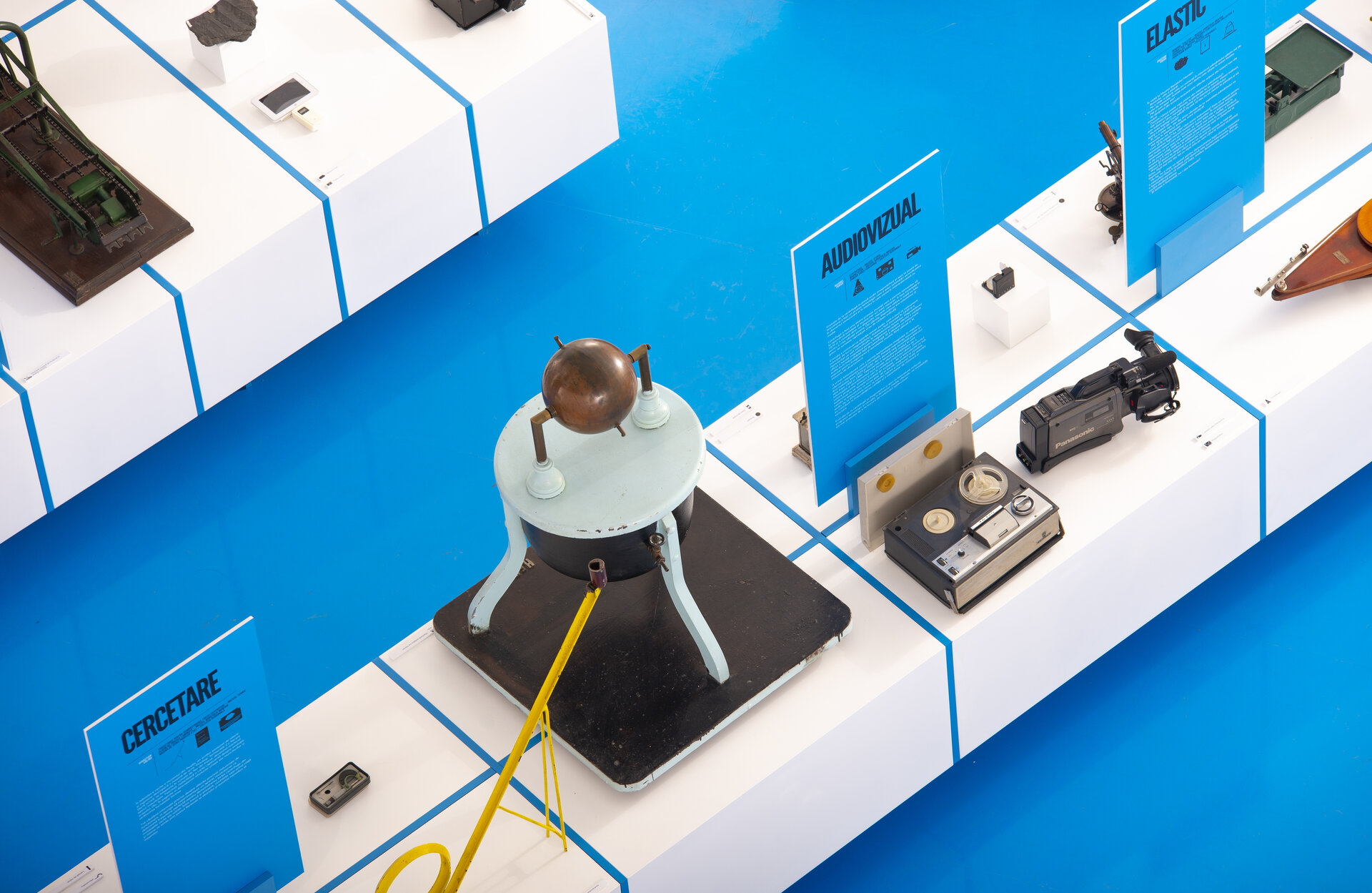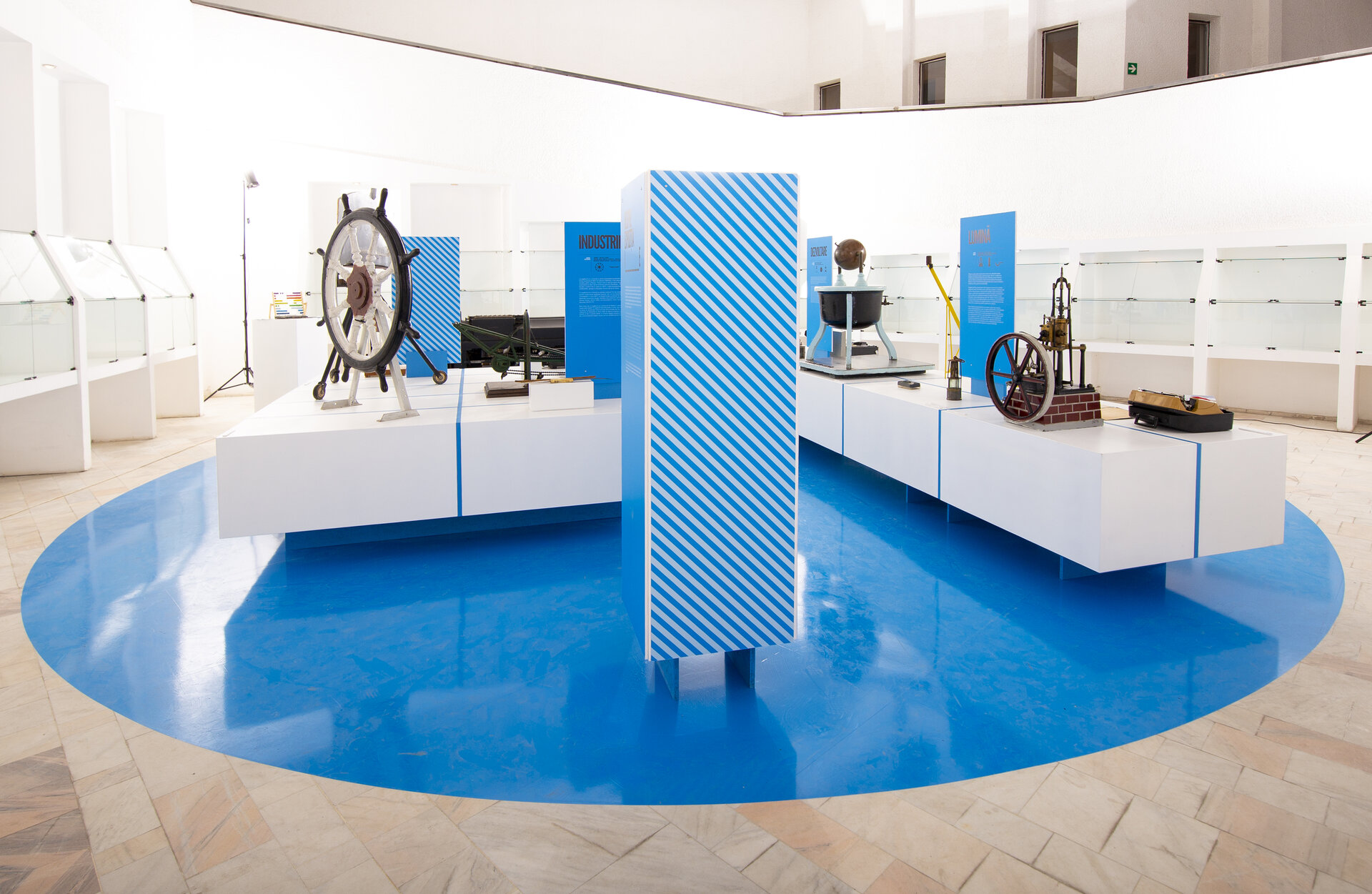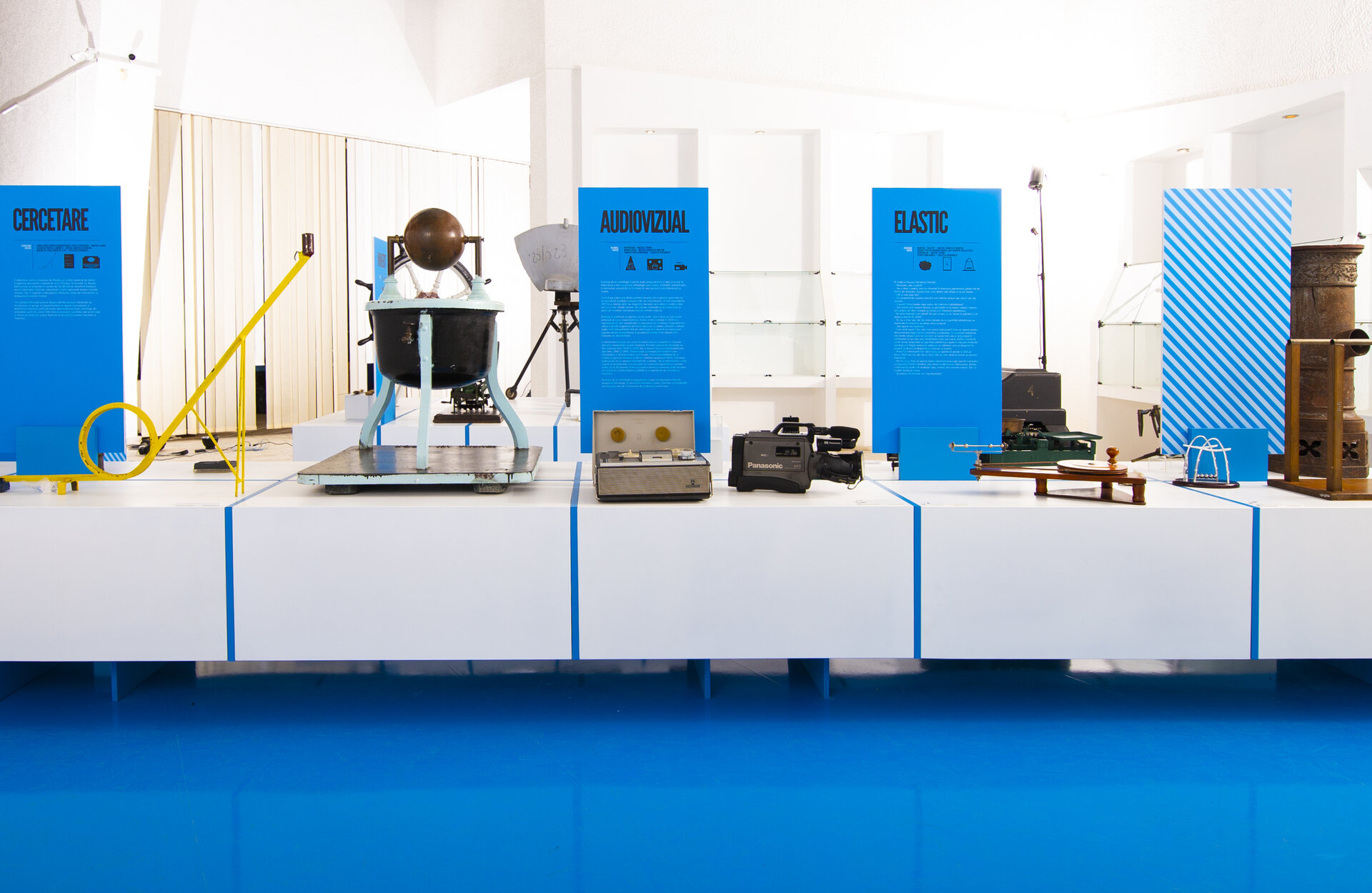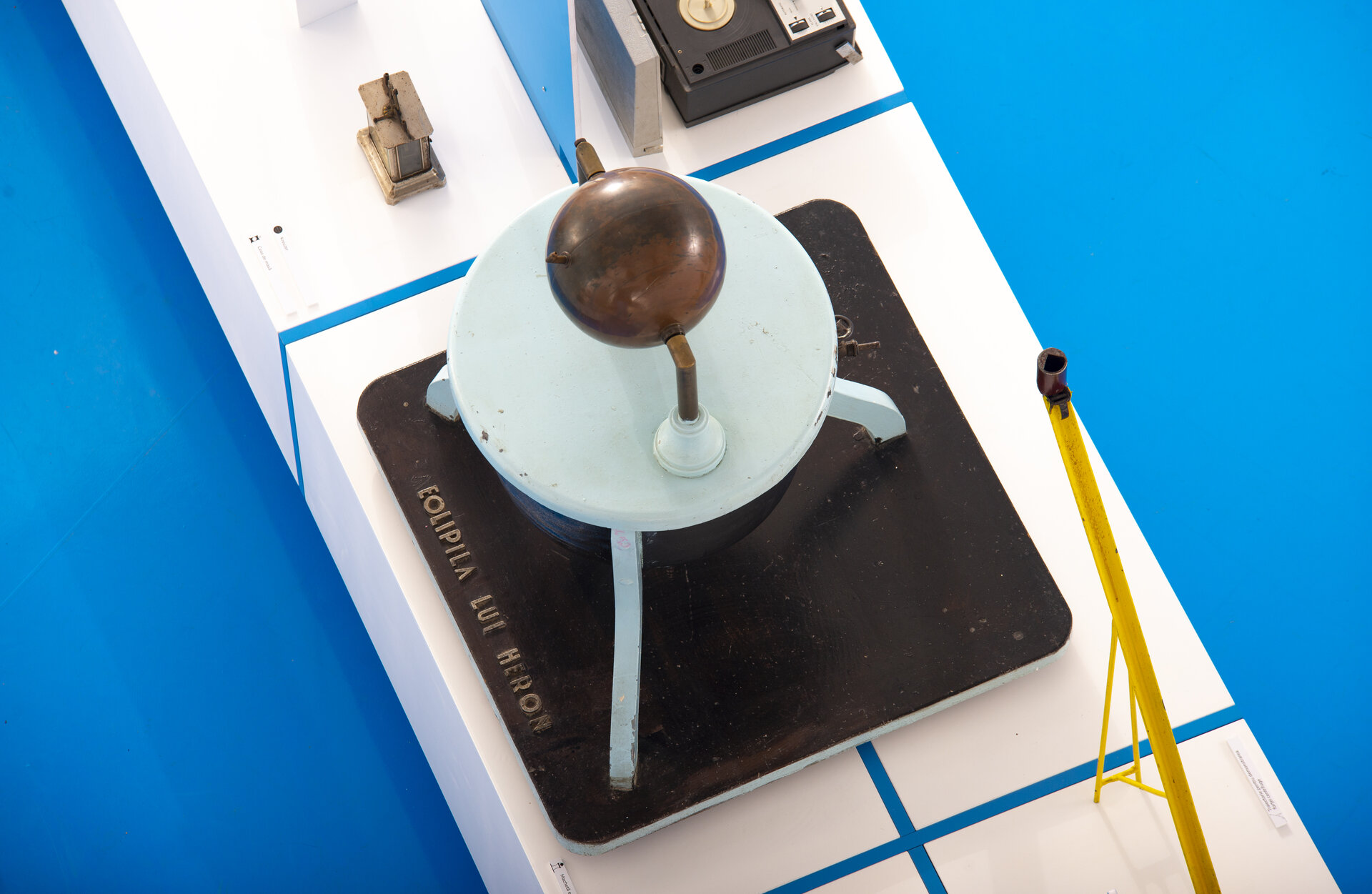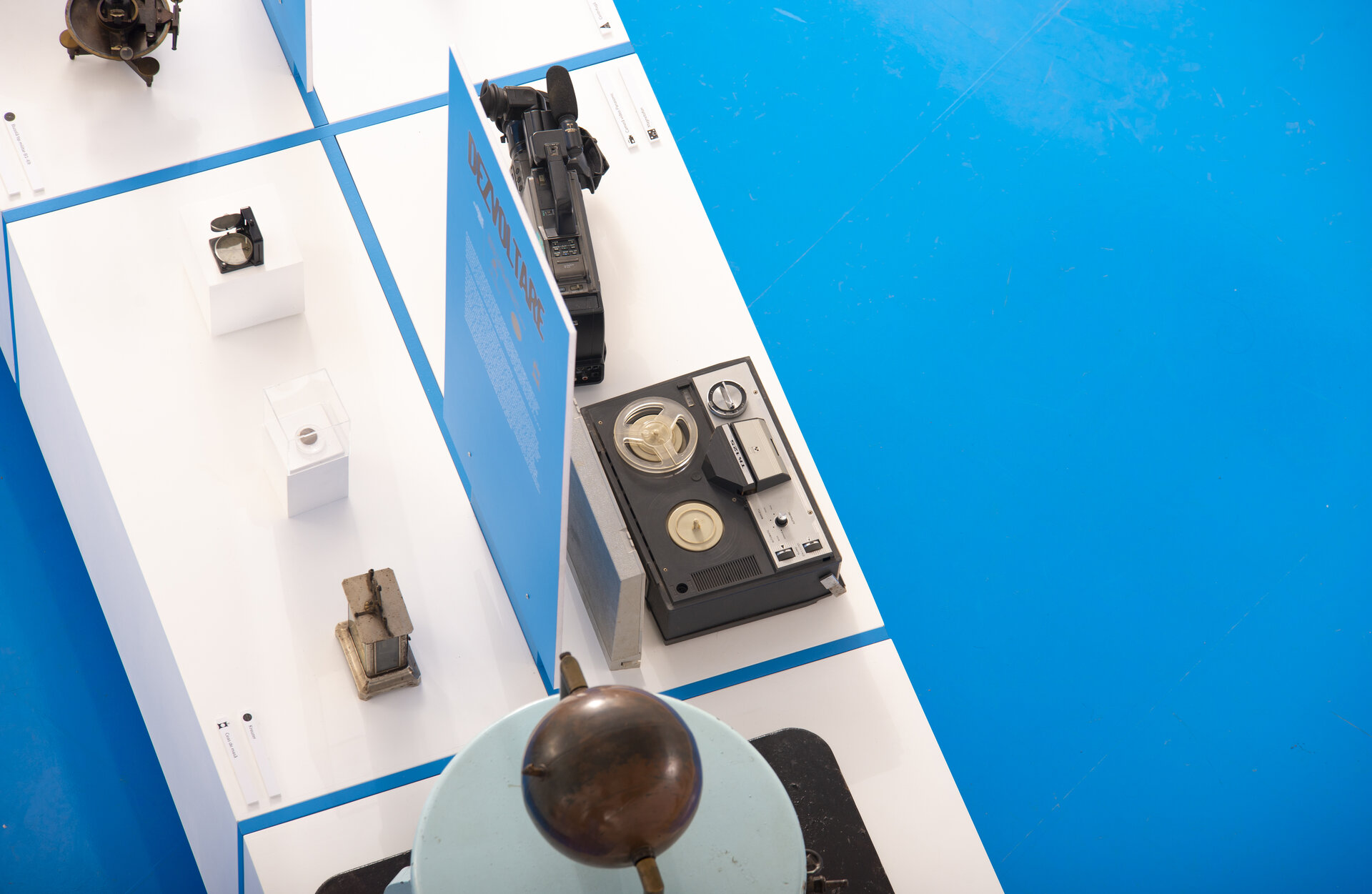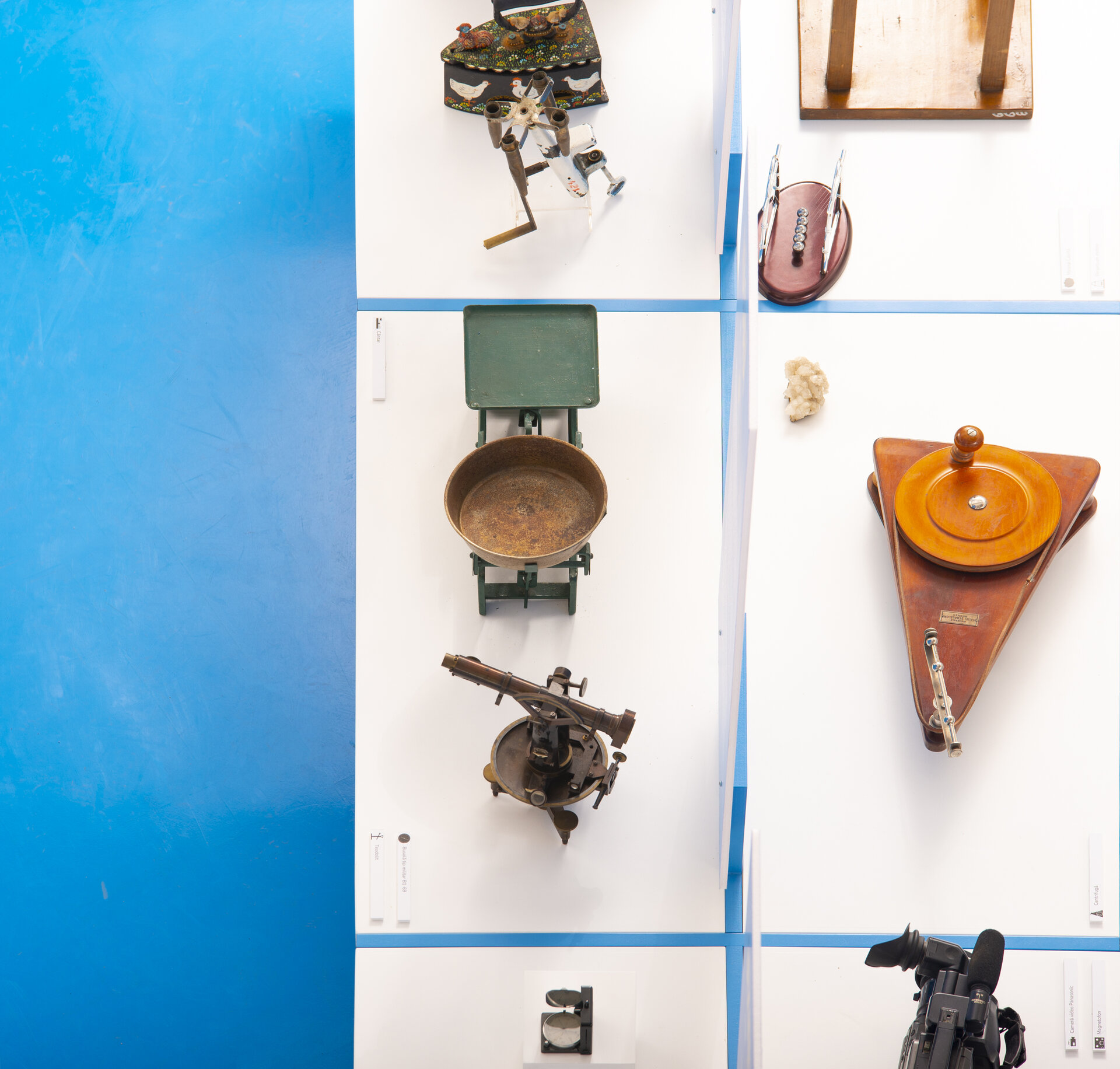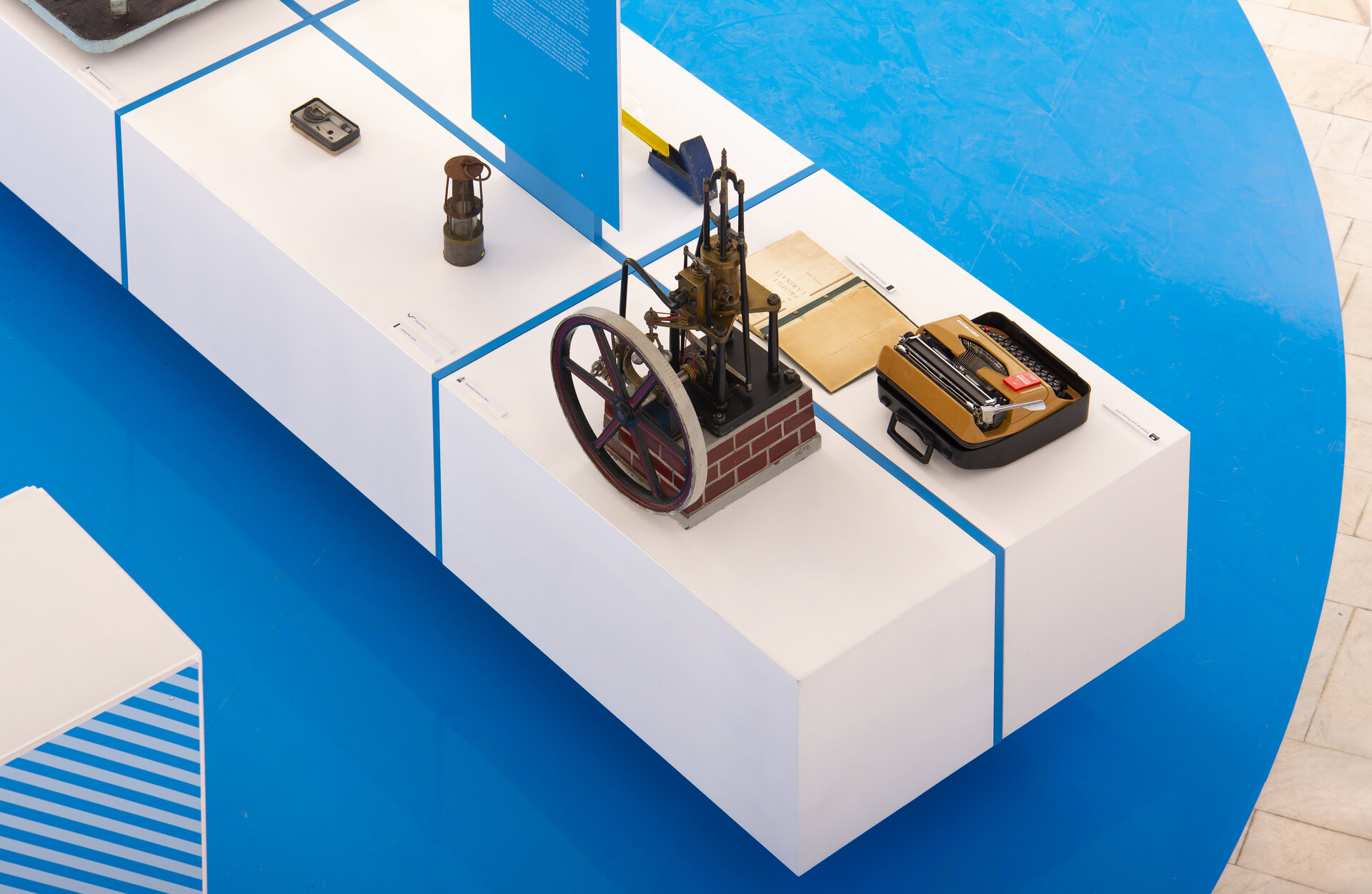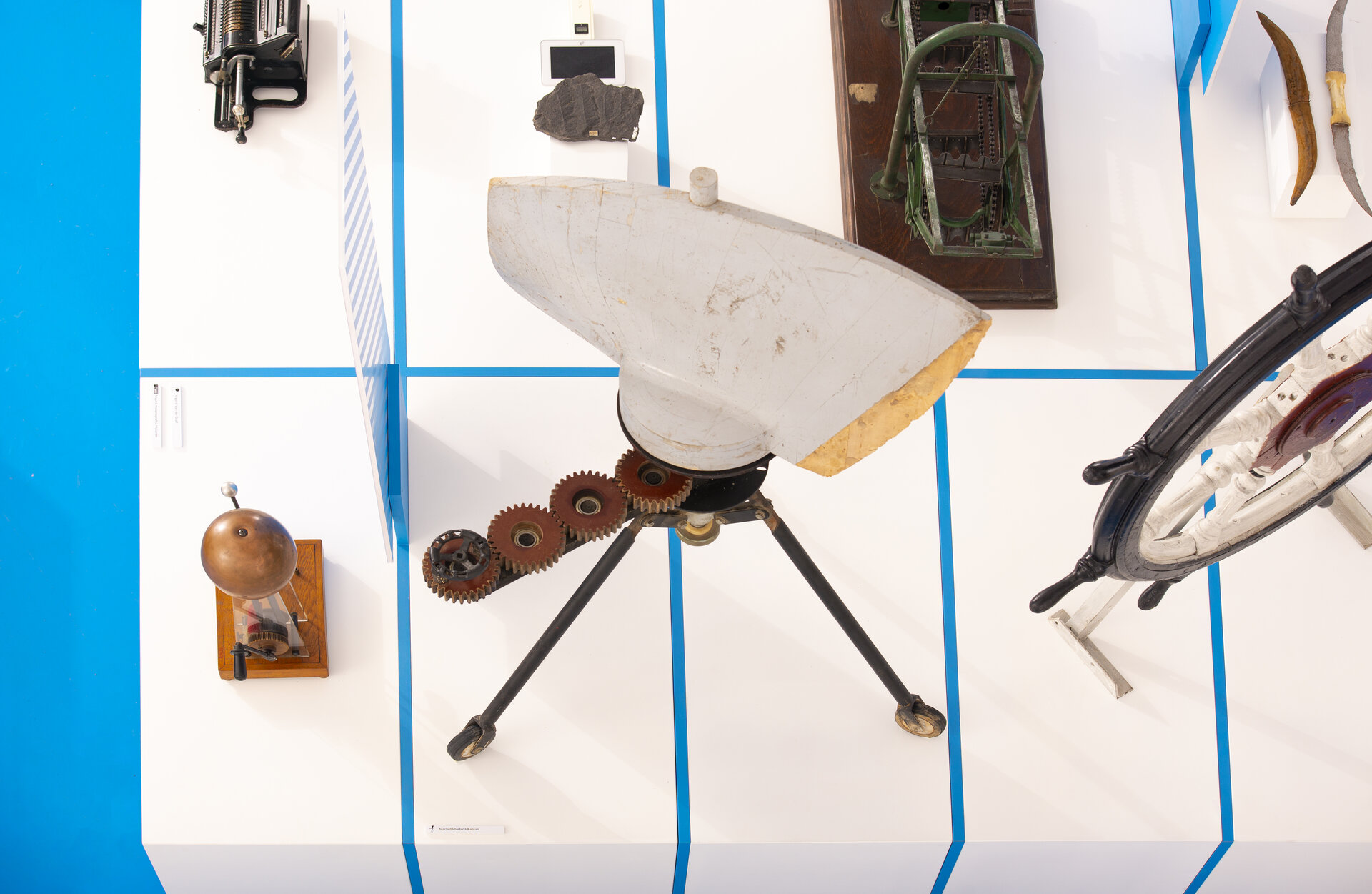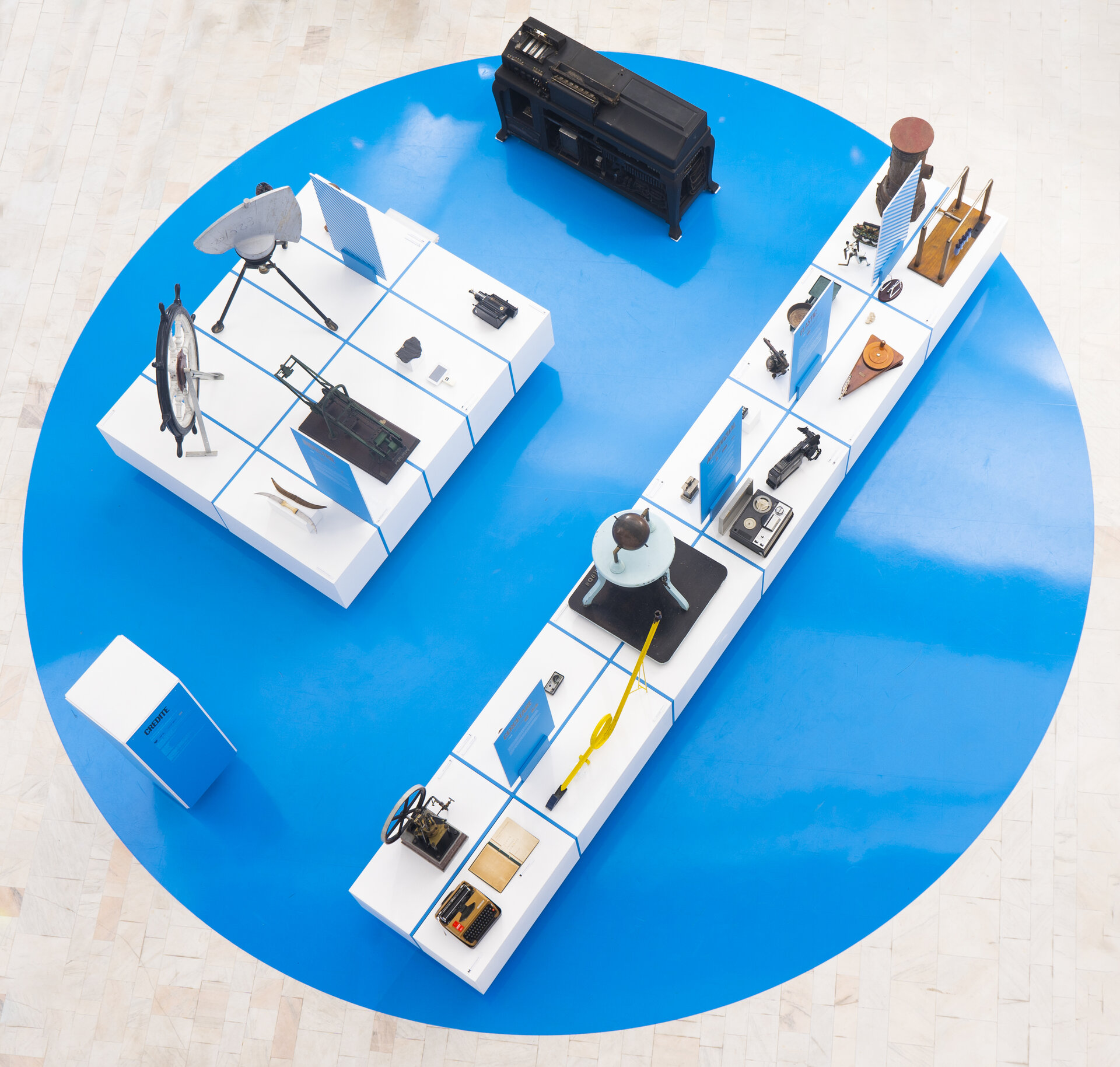
Innovation
Authors’ Comment
The title of the exhibition – INNOVATION – bears a double meaning. On the one hand, it highlights some of the revolutionary or iconic technological innovations of the last century, and on the other it refers to the actual process of making the exhibition – as an innovation within museum practice, in the sense that the roles of visitors and thos of the exhibition makers have been reversed.
10 members of the Reșița community, passionate collectors or enthusiasts about the history of Romanian industry, were invited to curate a part of the exhibition. An experimental collaborative practice in which different objects were put together, coming either from the collection of the Mountainous Banat Museum, that of the Technical Museum „Dimitrie Leonida” or even from personal collections.
Each participant selected an object from the collection of the two museums and then brought one from their personal collection. Eventually, 10 short stories about technology and technological innovation emerged, each illustrated by 3 objects.
In the end, the 30 objects put together give the exhibition a hint of retro-futuristic history, considering that it might not be easy to guess the function of some objects. Some have strange shapes, others have buttons, pipes or other parts that make it hard to imagine their initial purpose. For some of them, history has stopped altogether, and for those that have evolved, their contemporary form is a far cry from the original, both different and miniaturised. A good example is the Hollerit calculating machine, a strange piece of machinery weighing almost 2 tonnes, a precursor of today's computer.
The key word behind the design project was navigation. Navigation through history, through meanings, through moments of both glory and decline of industries and science. Navigation through waters too, especially since one of the objects selected was a rudder.
Based on this proposal by the curators to design the exhibition as a sailing ark, a display system was created with 22 white boxes set in a blue grid, evoking the layout of containers inside a harbour. The large blue circle on the floor enclosed the composition of containers in a rigorous shape, evoking geometry and mathematical calculation.
- After Sculpture - Sculpture After
- RDW 2022 - Courtyard Design of Combinatul Fondului Plastic - Pretty Heap
- Pastoral Calendar
- Reflections of Queen Mary in Cotroceni Palace
- All balloons up high! - Architect’s Stand
- PORC Rap-Up Store
- VL_SD
- Isolation in a Series of Liminal States 2023
- The Little Magenta Rinding Hood
- Be Bionic! Experimental Bionic Architecture
- Volume of a sleep
- BoxIT !
- 1907. We ask for land
- Diploma Show 2023
- Inventory of the Week
- Nostalgia with a twist
- CORPUS CONFECTUS
- Victor Brauner - Inventions and magic
- Individual All-around
- Romanian Design Week 2023
- Innovation
